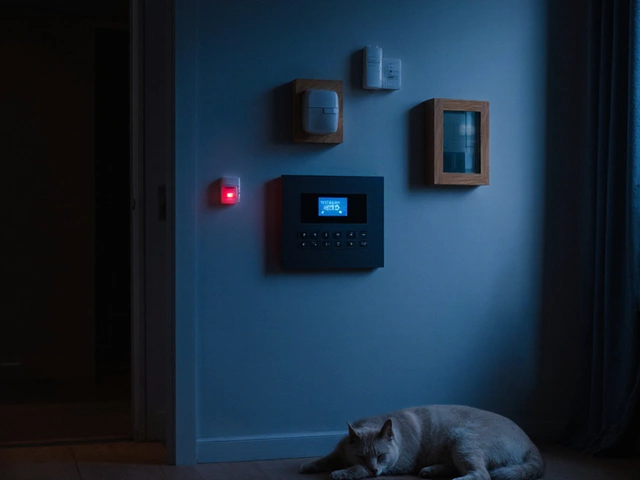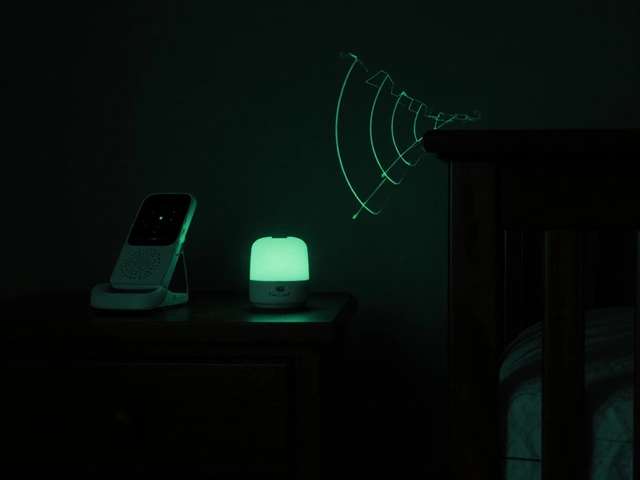Pitch Black Room: Secure Your Home Even When It’s Totally Dark
Why Darkness Messes With Your Security Gear
When a room has zero light, most cameras and motion sensors start to stumble. A PIR sensor watches for the heat of a body against a cooler backdrop – complete darkness removes that contrast and can trigger false alarms or miss a trespasser. Even a high‑resolution camera needs some illumination to record a usable image, so burglars often pick a pitch‑black spot to hide.
Practical Ways to Light Up a Pitch Black Space
First, add a low‑power infrared (IR) light strip. IR is invisible to the eye but lets most night‑vision cameras see clearly. Position the strip so it covers the area you want to monitor; a 10‑foot strip usually reaches a small room without creating glare.
If you prefer visible light, install a motion‑activated LED bulb. These bulbs stay off until they detect movement, saving energy and keeping the room looking dark most of the time. The sudden light also scares off an intruder and gives your camera a clear view.
For areas where wiring is a hassle, consider battery‑powered plug‑in lights that you can place behind furniture. A tiny 5‑watt LED can make a big difference for a camera’s sensor while still being barely noticeable.
Don’t forget about door and window contacts. Even if a camera can’t see, a magnetic sensor on a door or window will trigger an alarm the moment it’s opened. Pair these contacts with a loud siren or a push‑notification to your phone for instant awareness.
When choosing a camera, look for models with built‑in IR LEDs and a “low‑light boost” setting. Brands that advertise “color night vision” often use a small amount of red light that the human eye barely notices but improves image detail.
Adjust sensor sensitivity wisely. Too high and you’ll get false alerts from pets or heating vents; too low and you’ll miss a real intruder. Test the sensor at different times of day and tweak the settings until you get a balance.
If you have a smart alarm system, enable the “dark‑area detection” feature if it’s available. This mode tells the system to treat a lack of light as a potential risk and to rely more heavily on motion and door contacts.
Finally, keep a backup power source handy. Power cuts are a common moment for burglars to strike, and a dark room without backup lights becomes an easy target. A small UPS or battery pack can keep your IR lights and sensors running for several hours.
By adding a bit of invisible illumination, using motion‑triggered LEDs, and leaning on contact sensors, you can protect even the darkest corners of your home. The goal isn’t to turn the room into a showroom; it’s to give your security gear enough clues to do its job when the lights are off.




